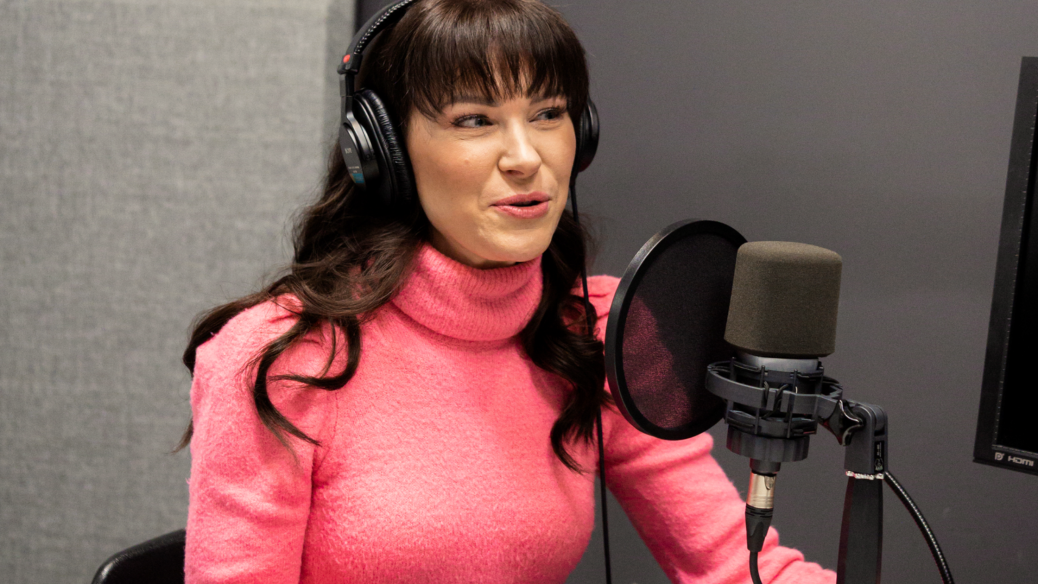Radio advertisements can still be a highly effective way to reach a large and diverse audience.
However, creating a successful radio advertisement requires a careful balance of creativity, strategy, and execution. In this blog, we will discuss some key elements that make a good radio advertisement.
In this article
- Clear message
- Attention-grabbing opening
- Creative and memorable
- Targeted audience
- Call to action
- Branding
- Sound quality
- Timing
- Radio Advertisement Examples:
- Coca-Cola, ‘I’d Like to Buy the World a Coke’ (1971)
- Wendy’s, ‘Where’s the Beef?’ (1984)
- Nike, ‘Revolution’ (1987)
- AT&T, ‘Reach Out and Touch Someone’ (1979)
- McDonald’s, ‘Two All-Beef Patties’ (1974)
- Geico, ‘Hump Day’ (2013)
- Conclusion
Below are eight key elements that make a successful radio advertisement:
Clear message
A good radio ad has a clear message that is easy to understand and remember. It should communicate the benefits of the product or service being advertised in a concise and compelling way.
Attention-grabbing opening
The first few seconds of a radio ad are crucial. The opening should be attention-grabbing and engaging, so that the listener is drawn in and interested in what the ad has to say.
Creative and memorable
A good radio ad is creative and memorable. It should be unique and stand out from other ads, so that the listener is more likely to remember it.
Targeted audience
A successful radio ad is tailored to the specific audience that the advertiser is trying to reach. This means understanding the demographics and interests of the target audience, and crafting the ad accordingly.
Call to action
A good radio ad should include a call to action that encourages the listener to take action. This could be to visit a website, call a phone number, or visit a physical location.
Branding
A successful radio ad incorporates branding elements such as the brand name, logo, or slogan. This helps to build brand recognition and create a lasting impression in the mind of the listener.
Sound quality
The sound quality of a radio ad is also important. It should be clear and easy to hear, with no background noise or interference.
Timing
The timing of a radio ad can also impact its effectiveness. Ads that are played during peak listening times when there is a higher concentration of listeners can be more successful.
Radio Advertisement Examples:
Coca-Cola, ‘I’d Like to Buy the World a Coke’ (1971)
This iconic ad features a multicultural group of young people singing “I’d Like to Buy the World a Coke.” The ad became an instant classic and is widely regarded as one of the best ads of all time.
Wendy’s, ‘Where’s the Beef?’ (1984)
Wendy’s 1984 ad campaign featuring the “Where’s the Beef?” catchphrase became an instant classic. The ad’s humor and catchy phrase helped Wendy’s gain market share and became a cultural touchstone.
Nike, ‘Revolution’ (1987)
Nike’s “Revolution” ad from 1987 featured the voice of a young Michael Jordan playing basketball to the sound of The Beatles’ “Revolution.” The ad helped solidify Nike’s brand identity as the choice for serious athletes.
AT&T, ‘Reach Out and Touch Someone’ (1979)
AT&T’s “Reach Out and Touch Someone” campaign encouraged people to use the phone to connect with loved ones. The ad’s emotional appeal struck a chord with listeners.
McDonald’s, ‘Two All-Beef Patties’ (1974)
McDonald’s “Two All-Beef Patties” jingle has become a part of popular culture. The ad’s catchy tune helped make McDonald’s the most recognized fast food brand in the world.
Geico, ‘Hump Day’ (2013)
Geico’s “Hump Day” ad featured a camel walking around an office asking workers what day it was. The ad’s humor and catchy phrase made it one of the most memorable ads of 2013.
Old Spice, ‘The Man Your Man Could Smell Like’ (2010)
Old Spice’s “The Man Your Man Could Smell Like” campaign featured actor Isaiah Mustafa delivering witty one-liners while showing off the product. The ads helped revive the brand’s image and make it relevant to a new generation.
Conclusion
What makes these radio ads truly effective is their ability to create a strong emotional connection with the listener.
Whether through humor, nostalgia, or a catchy jingle, each ad was able to capture the listener’s attention and leave a lasting impression. These ads also incorporated branding elements, such as slogans and music, that helped create a strong association between the product and the ad.
Remember, the best radio advertisements are the ones that are able to create a strong emotional connection with the listener and incorporate branding elements that help make the product memorable. These kinds of ads are not only effective at promoting products, but they also become cultural touchstones that are remembered and cherished long after they first aired.
A good radio advertisement is one that effectively communicates a clear message, is creative and memorable, is targeted to a specific audience, includes a call to action, incorporates branding elements, has high sound quality, and is played at strategic times. By incorporating these elements, advertisers can create successful radio ads that effectively reach their target audience and drive results.

Leave a Reply